Professional services business models, benchmarks and how PSA software can help
.avif)
Curious how your firm stacks up against the competition? This article is for you. Diving deep into what you should be measuring and how PSA software can help, you’ll leave this article with a fresh new approach to the way you run your business.
Back in 2021, Harvard Business Review classified professional service firms into four distinct business models, offering insights into the different strategies required to run a successful PSF in the modern world. It’s a must-read article, and as relevant today as it was back then.
In this article, we expand on their thinking and outline the benchmarks each business model should strive for as a measure of success. We hope this helps you discover what to track and what excellence looks like for your distinct professional services firm.
A practice can be highly profitable anywhere on the spectrum, provided it appropriately employs its profitability levers - Harvard Business Review.
Across all four models, PSA software (professional services automation) gives leaders a single view of pipeline, resourcing, time & expenses, and invoicing, so the right levers get pulled at the right time.
1. Commodity: efficient solutions for everyday challenges
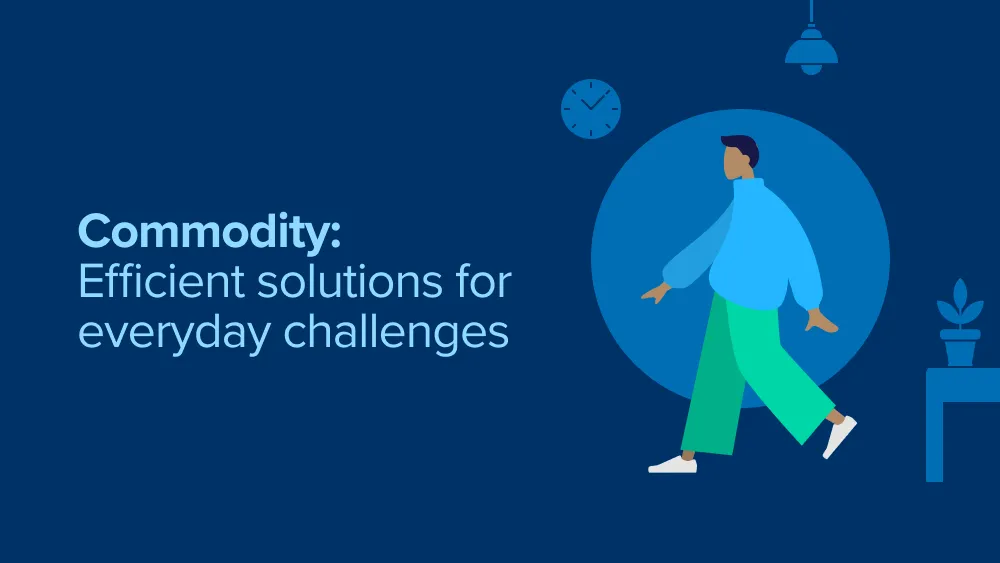
Commodity practices offer clients structured, reliable, and budget-friendly solutions.
They solve routine problems that require specialist knowledge, and since most of their projects are routine they already know what they need to do and execute quickly. This allows them to reliably deliver and keep costs low for clients.
Utilization: 80-95%
Your practice will want to be hyper-focused on efficiency if you’re going to provide cost-effective solutions that still bring in healthy revenue. Due to this, your ideal utilization rate will be in the range of 80-95%.
Margin: <10%
While commodity practices generally operate on lower margins per project compared to the other business models in this list, it's still important for your practice to maintain a balance between competitiveness and profitability. Harvard Business Review states that for a commodity project, margins are often in single digits.
Leverage: High
Commodity practice leverage typically sits around 8:1 or higher (low experienced staff to experienced staff). Your practice will thrive when less experienced professionals handle the majority of routine tasks under the supervision of a smaller number of senior professionals spread across multiple projects.
Rate: Moderate - Low
Practices in this category often secure engagements by offering competitive rates. After doing some competitor research you may find you’re able to charge a lower rate for your services compared to other businesses. This advantage stems from the efficiency gained by concentrating on specific services, enabling your practice to deliver similar results at a lower cost.
Where your PSA software helps
For commodity practices, a PSA platform standardizes delivery: capacity heatmaps protect high utilization, budget-level resourcing keeps labor aligned to fixed fees, and automated invoicing turns approved time and expenses into clean bills.
2. Procedure: structured management of complexity
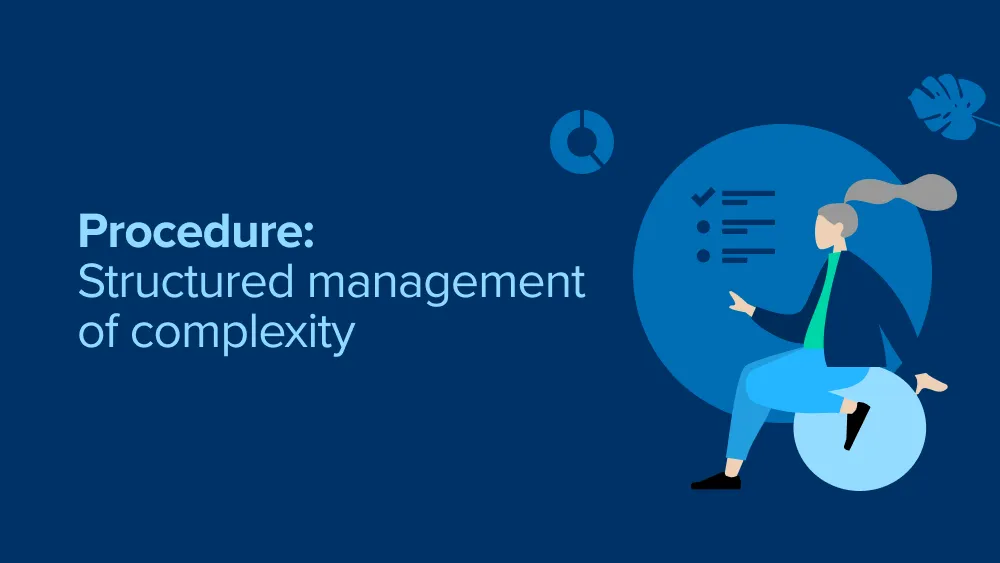
Procedure firms manage large, complex projects through a systematic approach. The problems they solve aren’t typically new but instead are complicated as they require a lot of consideration and involve many moving parts.
Procedure firms are typically ‘middle of the road’ when it comes to success metrics. Since they offer a healthy amount of value with their ability to solve complex challenges, but aren’t without competition.
Utilization: 80-85%
This is a typical utilization rate for professionals who need to manage complex projects while maintaining optimal productivity.
Margin: 20-35%
Procedure firms typically operate with margins in the range of 20% to 35%. This range reflects the value added while still keeping rates competitive. Competition is still required for procedure firms as there are often many consultancies with similar skills.
Leverage: High - Moderate
Procedure firms should maintain a balanced leverage ratio of around 6:1 (low experienced staff to experienced staff). This ensures you’ll deliver success to your clients by having senior professionals overseeing projects, while less experienced professionals handle specific tasks, optimizing costs and securing a healthy margin on each project.
Rates: Moderate
Procedure firms typically charge moderate rates for their work. However, their rates can vary and are based on a combination of internal cost structures, market demand, and the unique value proposition offered by the firm.
How a PSA tool supports procedure firms
Procedure firms benefit from PSA tools that coordinate multi-team resource planning, surface cross-project dependencies, and track scope changes against budgets—while WIP and margin dashboards keep leadership ahead of overruns.
3. Grey hair: wise counsel for ambiguous challenges

Grey hair practices provide seasoned experts for major, ill-defined issues where clients lack experience. The value of converting specific knowledge into applicable judgment is the driving force behind the success of grey-hair practices.
With a long track record of delivering successful projects, their services are highly attractive to businesses with extra cash flow who want peace of mind.
Utilization: 70-80%
A target utilization rate of 70-80% is generally considered typical for a grey hair practice. This range ensures that senior consultants spend significant time on billable client projects, maximizing revenue and justifying the premium pricing for their specialized services.
Margin: 35-50%
It's typical for a grey hair practice margin to be within 35% to 50%. Being in a favorable position, they can charge higher rates due to their experience and track record, which clients value and are willing to pay more for.
Leverage: Low
In grey-haired practices, a leverage ratio of anywhere between 2:1 - 4:1 (low experienced staff to experienced staff) optimizes the deployment of senior consultants alongside those with less experience. This balance allows senior professionals to provide extensive experience to client projects with support where needed from other staff.
Rate: High
Grey hair practices set rates reflecting premium expertise. These rates are based on market research, the firm's unique value proposition, and the value of their experienced knowledge. Generally, their rates will be set higher to cover the costs of high-cost senior consultants and still make a healthy margin.
Protect your firm's expertise with PSA Software
In grey-hair practices, professional services automation supports premium pricing with rate cards, proposal-to-delivery traceability, and light-touch timesheets – so senior time stays billable and profitability is visible in real time.
4. Rocket science: innovative solutions for modern challenges
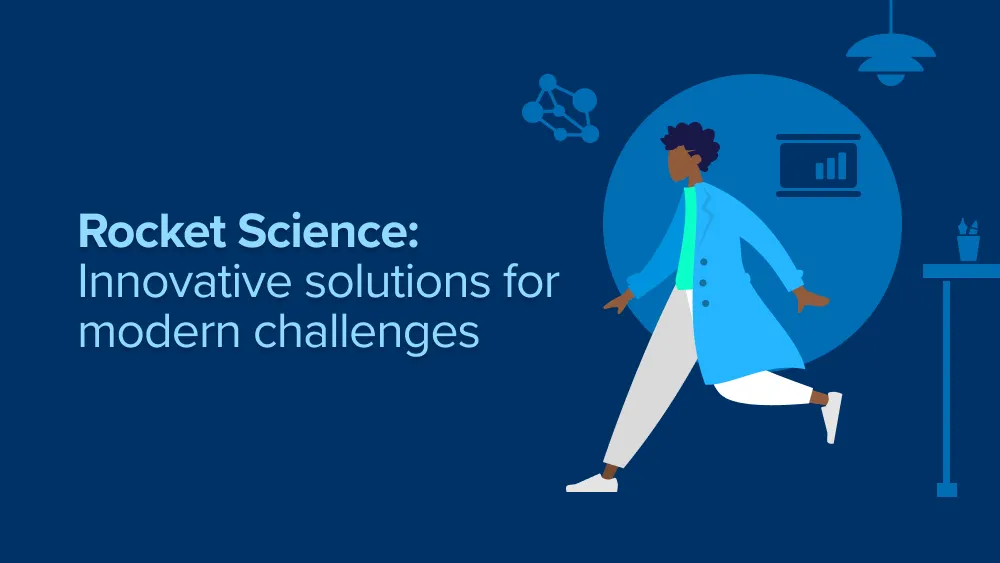
Rocket science practices address unique problems with high stakes through rigorous analysis and state-of-the-art theory. Typically they will be the only firm to deliver on certain projects giving them the monopoly in their given specality. These firms can be built up by professionals varying in experience, but what they have in common is that they are built up with innovators all hungry for success.
Success for rocket science practices is measured by high margins, a focus on innovation, and low leverage.
Utilization: 60-70%
Professionals in rocket science practices typically dedicate a significant amount of their time to intensive research, analysis, and innovative problem-solving. Due to this, their utilisation is typically the lowest of all business models, sitting anywhere from 60-70%.
Margin: 50%>
The margin in rocket science practices is consistently high, typically exceeding 50%. This is attributed to their specialized and high-value services, allowing them to command premium fees in the market.
Leverage: Low
A ratio of 2:1 - 4:1 (low experienced staff to experienced staff) is typical of rocket science practises. Similar to grey hair practises they operate with a low-leverage model, relying heavily on the expertise of senior professionals. This strategic approach significantly contributes to the delivery of services, resulting in a limited ratio of less experienced professionals within the firm.
Rate: High - Very High
Reflecting the unique and high-value nature of the services offered by rocket science practices, with typically no competition they have the freedom to charge high rates. This premium pricing is justified in the market, and clients are willing to pay high fees for their work.
Pour rocket fuel on your firm's growth with a modern PSA tool
For rocket-science work, a modern PSA tool enables scenario resourcing for scarce specialists, milestone invoicing for complex contracts, and forward forecasts that balance innovation cycles with commercial targets.
Looking for more expert advice?
Visit our academy to browse the free courses we offer consulting firms.

Success looks different for every firm
The longevity of your professional services firm hinges on the measurement and adjustment of your 4 measures of success - utilization, margin, leverage, and rates.
The benchmarks for each business model in this article serve as guiding stars, offering a roadmap to success tailored to the unique challenges of different practices. From optimizing resource utilization to ensuring a healthy financial margin, balancing expertise through leverage, and setting rates that reflect your firm's value, we hope these benchmarks provide your firm with a framework for success.
The PSA software difference
Whatever your model –Commodity, Procedure, Grey Hair, or Rocket Science – the right PSA software brings your operating rhythm into one place. Live resourcing aligns capacity to demand, time & expenses flow into project actuals without extra admin, and accurate invoicing closes the cash gap. With a single PSA platform, you see utilization, margin, and WIP clearly, so you can tune the levers that matter and grow profitably. Interested in giving Projectworks PSA Software a look? Book a demo today.
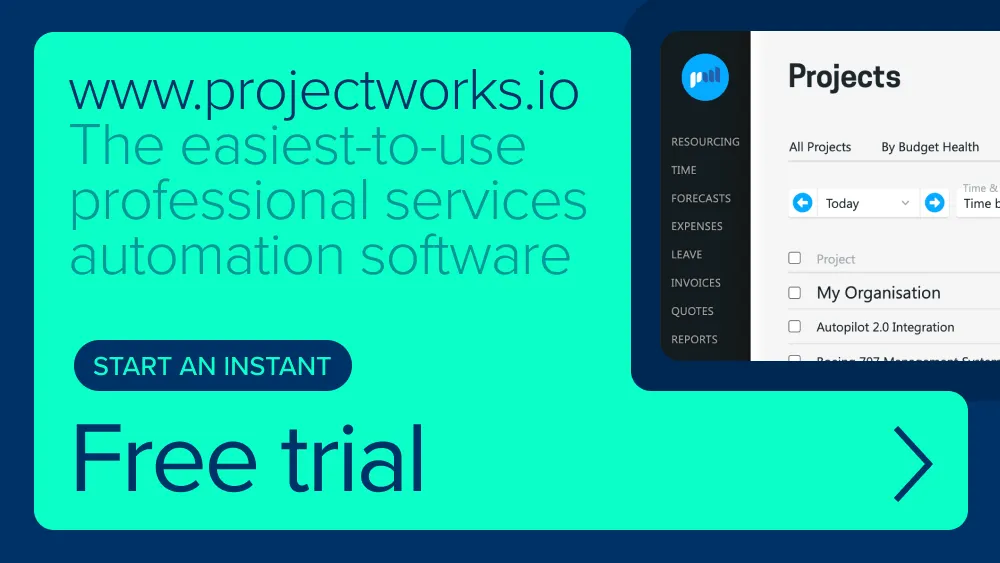
Related Articles
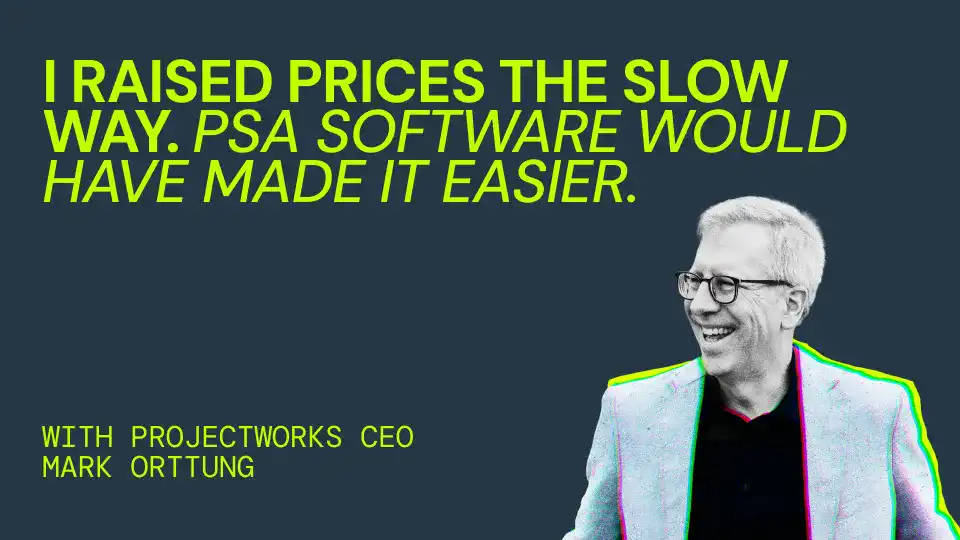
I Raised My Firm’s Prices The Slow Way. Here’s How PSA Software Would Have Made It Faster.
We doubled billable rates at consulting firm Nexient during my tenure as CEO - but it took us 7 years. In hindsight we could have lifted prices so much faster with a Professional Services Automation tool. Instead we had our field team.

Managing Clients With Salesforce and Your Professional Services Automation Software: A Consultant's Guide
Discover how integrating Salesforce with your professional services automation software helps consulting firms streamline delivery, manage resources, track time & expenses, and improve invoicing accuracy.
